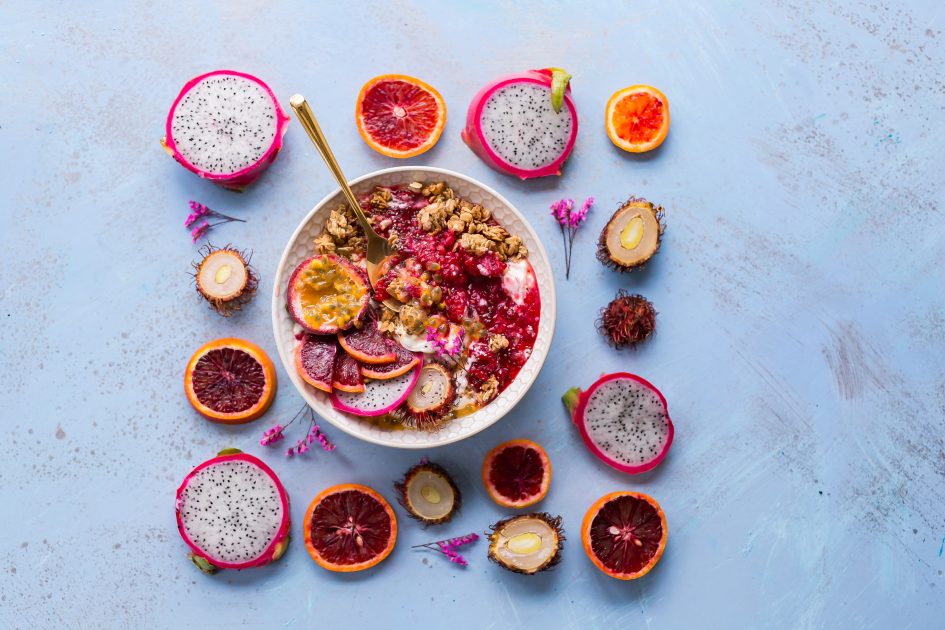Many things, such as hairstyles and clothes, go out of style every year, and food is no exception. Food and nutrition experts from Consumer Reports looked at some of the predicted food trends for 2017. Here is their take on which ones you should decide to include in your healthy diet.
Veggie “pulled pork” sandwiches will be trending this year, courtesy of jackfruit, which you should eat unripened for a savory flavor because this Asian fruit has a similar texture to shredded meat before it ripens. You can find it fresh or canned in most Asian markets and some regular grocery stores. It is low in sugar, but isn’t high in protein unlike other meat substitutes. If you are a vegan, don’t rely on jackfruit to help you meet your protein needs. Instead, eat a variety of plant-based proteins.
Plant waters are endorsed as natural hydrators and alternatives to typical sports drinks since they are lower in calories. Some have small amounts of added sugars, but many have no sweeteners at all or the sugars are naturally present in the plants. You’ll be seeing more drinks made from plants like artichoke, cactus and cucumber.
The craze for riced cauliflower was initiated by paleo dieters seeking a lower-carbohydrate substitute for potatoes and pasta. Frozen versions have been introduced now that this food trend is considered to be conventional. You can make your own at home; just grate raw cauliflower or chop it in a food processor. Regardless, all varieties are low in calories and carbs and high in fiber.
Pastas made from chickpeas, lentils and other legumes contain nearly the same amount of calories as regular pasta (200 per cup, cooked), but are higher in fiber and protein. They are popular because there is a demand for more protein and fewer refined carbs in our diets, and the gluten-free trend remains popular.
Savory (rather than sweet) yogurts are a great source of calcium and protein. They are often lower in calories and added sugar than fruity or sweet yogurts. They are becoming popular with cumin in place of chocolate and beets instead of berries. You can make your own savory combinations or find them at most grocery store from brands like Chobani, Fage, Noosa and more.
Fermented foods, such as kefir, kimchi, kombucha, sauerkraut and yogurt, offer probiotics. This trend won’t just continue, it will likely grow as more research reveals the significant role your microbiome—the ecosystem of good bacteria that reside in your gut—plays in your overall health.
According to Whole Foods’ food trend list, you’ll see more purple cauliflower, asparagus, potatoes, rice, cereal, and other foods in stores. Be sure to check labels carefully on cereal, chips and other packaged foods for red dye 40, which is an artificial food coloring that can give deep purple colors. Also keep in mind that these packaged foods may have just as many calories, sugar and sodium as less colorful options.
You can expect to see more bowl foods, which are combinations of vegetables, whole grains and protein, on restaurant menus and in supermarket freezers. However, they’re only as healthy as the ingredients they contain. Some power bowls can contain as many as 1,000 calories and 1,000 mg of sodium or more.
“Eat This! The Healthiest Food Trends for 2017,” Trisha Calvo, consumerreports.org, Jan. 1, 2017.









